In recent years, the development of intraoral scanning technology has revolutionized the field of dentistry. Traditional impression methods, which involved using materials like alginate or silicone to create a mold of the patient’s teeth, have been the standard for many years. However, the introduction of intraoral scanners — digital devices that capture highly detailed 3D images of the teeth and gums — has begun to replace these traditional impressions in many dental procedures.
This transition to digital impressions raises an important question: How accurate are intraoral scanners in comparison to traditional impression methods? In this article, we will explore the accuracy of intraoral scanners, their advantages and limitations, and how they are changing the way dental professionals approach treatment planning.
What is an Intraoral Scanner?
An intraoral scanner is a device that uses optical technology to create digital impressions of a patient’s teeth and soft tissues. The scanner captures a series of high-definition images, which are then processed and combined to create a 3D model of the patient’s mouth. Unlike traditional impressions, which require the patient to bite into a mold material, intraoral scanners are non-invasive, quick, and more comfortable for the patient.
The digital data captured by the scanner is used to create precise representations of the teeth, gums, and occlusion (bite). These digital impressions can be directly used for designing crowns, bridges, dentures, orthodontic aligners, and more.
Advantages of Intraoral Scanners Over Traditional Impressions
While traditional impressions have served dentistry well for decades, there are several advantages to using intraoral scanners that have made them a desirable alternative:
1. Enhanced Accuracy
Intraoral scanners have the potential to offer higher precision compared to traditional impression methods. The digital images they capture are highly detailed and can be manipulated in real-time, allowing the dental professional to ensure that the impression is as accurate as possible. Scanners can capture the exact contours of the teeth and gums, which can help reduce the chance of inaccuracies that may arise from physical molds, such as distortion or air bubbles.
Advantages in accuracy include:
- No distortion: Traditional impressions are susceptible to distortion, particularly when the impression material shrinks or changes shape after being taken from the mouth. In contrast, digital impressions are free from this issue, as they are taken instantaneously and recorded in real-time.
- Precise margins: For procedures like crowns and veneers, where the margins must fit perfectly, intraoral scanners can produce more accurate results. The precision of the digital model allows for better-fitting restorations.
- Clearer visualization: The 3D models produced by intraoral scanners are easy to manipulate, making it easier to identify potential problems, such as areas that may need to be adjusted before proceeding with treatments.
2. Faster Procedure
One of the most significant benefits of intraoral scanners is the speed at which impressions are taken. Traditional impressions require the use of impression materials, which can be messy and take time to set. Additionally, the process of removing the impression and ensuring it is accurate can take several minutes or even longer.
Intraoral scanners, on the other hand, can capture a full mouth scan in just a few minutes. This speed is especially beneficial in practices where time is a factor or when working with patients who have dental anxiety.
3. Increased Comfort for Patients
Traditional impressions can be uncomfortable for patients. The process involves placing a tray filled with a thick impression material into the patient’s mouth, which can cause gagging or discomfort, particularly for individuals with a sensitive gag reflex. In contrast, intraoral scanning is completely non-invasive. The scanner is a small, handheld device that gently moves over the teeth and gums, eliminating the need for trays or messy materials.
This is particularly advantageous for pediatric or elderly patients, or anyone who may have difficulty tolerating traditional impressions.
4. No Need for Physical Storage
Digital impressions are stored electronically, which eliminates the need to keep physical molds of the patient’s teeth. This reduces clutter in the office and makes it easier to access patient records quickly, especially when a restoration needs to be remade or modified.
Additionally, digital files can be shared easily with laboratories or specialists, allowing for more efficient collaboration and quicker turnaround times.
5. Immediate Feedback and Adjustments
Another advantage of intraoral scanners is the ability to immediately review the digital impression during the scanning process. If the scan is incomplete or inaccurate, the dental professional can adjust the scan in real-time, eliminating the need for retakes. With traditional impressions, inaccuracies may not be discovered until after the impression is sent to the lab, which can lead to delays or the need for another appointment.
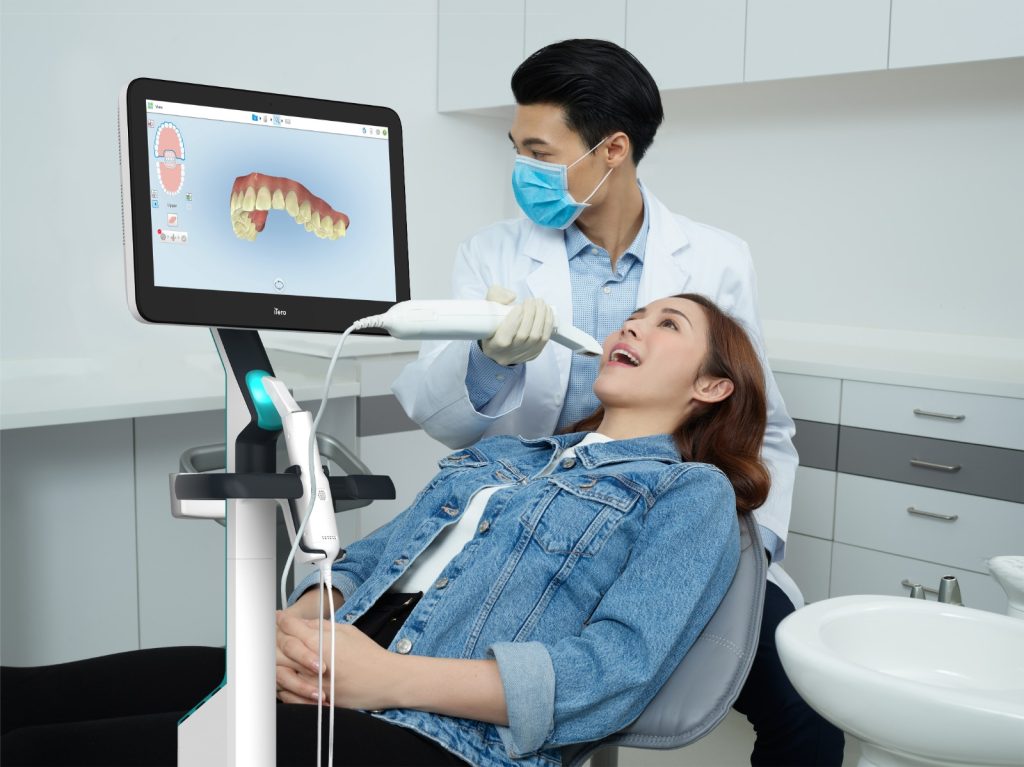
Accuracy of Intraoral Scanners vs. Traditional Impressions
While intraoral scanners offer many benefits, it’s essential to consider how accurate they are compared to traditional impressions. A number of studies and comparisons have been conducted to assess the accuracy of digital impressions in various dental procedures. Below are some key points about the accuracy of intraoral scanners:
1. Comparison with Traditional Impressions
In several studies, digital impressions have been found to be comparable, if not superior, to traditional impressions in terms of accuracy. In particular, digital impressions have shown:
- Fewer errors in margin fit: Digital impressions tend to result in a more precise fit for restorations, such as crowns and bridges, due to the detailed capture of tooth contours and margins.
- Less distortion: Unlike traditional impressions, digital impressions do not suffer from distortion caused by setting time or pressure. This leads to fewer remakes of restorations or impressions.
- Consistency: Digital impressions are more consistent across multiple scans, whereas traditional impressions can vary depending on factors like the handling of the material and technique.
2. Measurement Precision
The accuracy of intraoral scanners is largely dependent on the technology used. Modern intraoral scanners, particularly those from well-established dental equipment brands, offer high precision with a margin of error often less than 50 microns (thousandths of a millimeter). In contrast, traditional impression materials are more prone to errors due to physical deformation, environmental factors, or difficulty in getting an accurate full arch impression.
In clinical settings, intraoral scanners have been shown to offer superior accuracy for single-tooth restorations, and their precision is comparable to traditional impressions when full-mouth restorations or complex cases are needed. However, for extremely complex cases, some dental professionals may still prefer to use traditional impressions for additional certainty.
3. Factors Affecting Accuracy
While intraoral scanners are generally very accurate, the final precision can depend on several factors, including:
- Scanner type and technology: Different scanners have varying levels of precision. Advanced models typically provide higher accuracy and resolution than more basic ones.
- Operator skill: The experience and expertise of the dentist or dental technician using the scanner play a crucial role in ensuring accuracy. Poor technique or improper scanning may lead to errors, just as with traditional impressions.
- Patient movement: Patients who are not able to remain still during the scan can introduce errors, particularly in the capture of intricate details.
- Quality of the scan: Certain patient conditions, such as severe gum disease or missing teeth, may affect the quality of the scan, requiring additional adjustments or retakes.
Limitations of Intraoral Scanners
Although intraoral scanners offer many advantages, they do have some limitations that may affect their use in certain situations:
- Cost: High-quality intraoral scanners can be expensive, making them a significant investment for dental practices. The cost may limit their availability in some clinics.
- Learning curve: The dental professional needs to become proficient in using the scanner, which may take time and training.
- Limited access to some areas: In cases where there is severe crowding, deep bite issues, or difficult-to-reach areas of the mouth, intraoral scanners may have difficulty capturing precise images. This can result in incomplete or inaccurate scans that may require traditional methods for confirmation.
- Material limitations: Intraoral scanners can struggle with certain dental materials (like highly reflective restorations) or surfaces that cause glare, which may affect the accuracy of the scan.
Conclusion
Intraoral scanners offer a highly accurate, fast, and comfortable alternative to traditional impression techniques. With improvements in digital technology, these scanners provide excellent precision, particularly for routine dental procedures like crowns, bridges, and orthodontic aligners. They offer numerous advantages over traditional impressions, such as enhanced accuracy, better patient comfort, and reduced procedure time.
While digital impressions can be incredibly precise, their accuracy is influenced by the quality of the scanner, the experience of the operator, and the specific dental case. For most patients and procedures, intraoral scanners provide a reliable and effective alternative to traditional impressions. However, for more complex cases or patients with challenging dental conditions, traditional impressions may still play an essential role.
Ultimately, intraoral scanners represent a significant advancement in dental technology, and as their capabilities continue to improve, they are expected to become even more widely adopted in the dental industry.








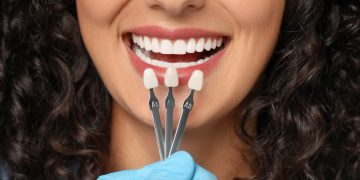
















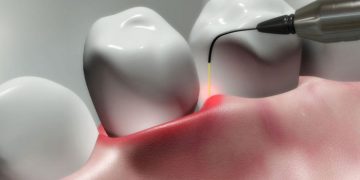
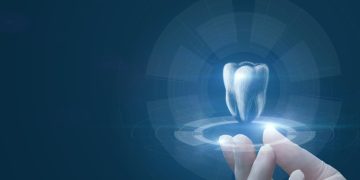

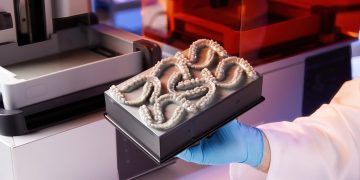

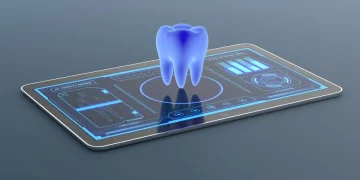














Discussion about this post